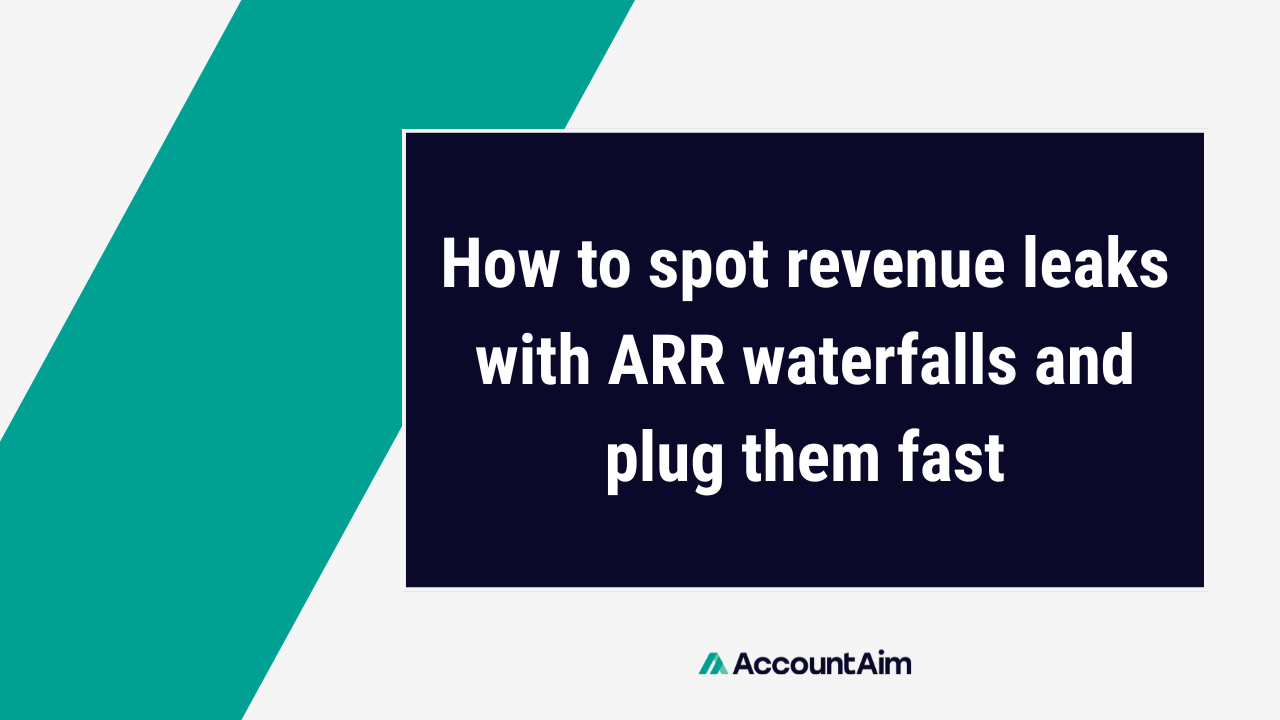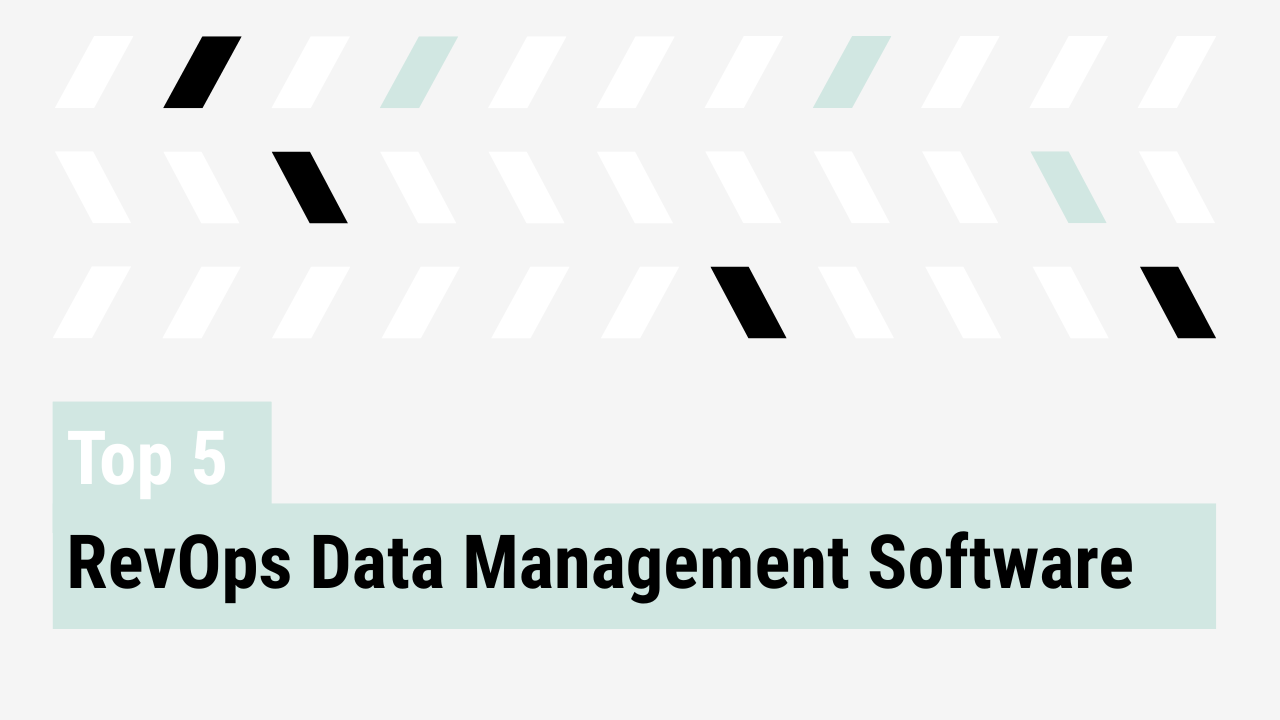Revenue leaks are one of the most expensive and least visible problems in SaaS. They hide in churn, contract downgrades, and quiet declines in product usage, often only showing up when it is too late to recover.
ARR waterfall analysis is how strategic RevOps leaders bring those leaks into the open and fix them before they scale into millions in lost ARR.
As Will Sullivan of Predictive Analytics Partners says:
“I think about the ARR Waterfall as that secret weapon that allows us to power strategic revenue growth. For a CRO or a RevOps team to really work cross-functionally with finance, you’ve got to speak their language and show you can drive growth.”
By breaking every ARR movement from new business to churn into its component parts, waterfalls give you both the diagnosis and the playbook for corrective action.
ARR waterfall analysis fundamentals
An ARR waterfall is a bridge from one period’s recurring revenue to the next, showing the movements in between. It is not the same as a revenue-recognition waterfall, which follows accounting rules. This is an operational tool for running the business.
The core components:
- New ARR – first-time purchases
- Expansion ARR – upsells and cross-sells
- Contraction ARR – downgrades and seat reductions
- Churn ARR – lost customers
- Reactivation ARR – win-backs and lapsed renewals
Expressing each movement as a percentage of beginning ARR standardizes the view and makes patterns easier to identify.
Building your ARR waterfall analysis: the technical how-to
1. Pick one source of truth.
Decide whether you will use a bookings database (CRM), billings database, or revenue database. Pick one, reconcile as needed, but avoid merging sources directly because blending data creates inconsistencies.
2. Go deeper than account level.
Customer-product-level analysis shows why ARR moved, for example a downgrade in one product offset by expansion in another. That level of clarity is where real decisions get made.
3. Structure for granularity.
Your CRM or CPQ should record each product line item, not just total contract value. Without this, you lose sight of product-level contraction and expansion trends.
4. Build your bridge and table.
Start with beginning ARR, add each movement type, calculate each as a percentage of beginning ARR, then segment by market, product, or cohort.
Where leaks show up
Waterfalls tell you when something is off, and benchmarks tell you if it is significant enough to act:
- NRR: median about 104 percent for private SaaS; 90th percentile about 118 percent
- GRR: high 80s to about 90 percent correlates with better valuations
- Expansion vs. contraction: if contraction grows faster than expansion, your growth engine is at risk
Typical leak patterns include:
- High churn in a specific region, often tied to product-market fit gaps, poor onboarding, or competitive pricing pressure
- Seat downgrades outweighing upsells, indicating declining usage intensity or oversold capacity at renewal
- Win-backs that quickly churn again, often due to unresolved product or service issues that drove the original loss
- Product-specific contraction within otherwise healthy accounts, which can signal quality issues, feature gaps, or competitive displacement in that product line
- Disproportionate downgrades in one segment, suggesting targeted competitive campaigns or changing market needs
Layer in early warning signals such as usage drop, seat downgrades, and engagement decline so you can intervene before they show up as a waterfall movement.
Plugging leaks quickly
Once you have found the problem, act fast:
- Shift focus to expansion because it is usually cheaper and faster than new acquisition
- Align CS and GTM teams to build save motions and targeted expansion plays for at-risk segments
- Segment to focus resources by investigating competitive presence, onboarding gaps, or localization needs if GRR is low in a market
Automating this process matters. One customer replaced error-prone spreadsheets with an AccountAim-powered waterfall, gaining a single, accurate view of ARR movements, drill-down visibility into the specific drivers of churn and contraction, and automated alerts when performance slipped outside defined benchmarks. This gave RevOps leaders the ability to pinpoint issues by segment or product, recommend corrective actions in real time, and demonstrate the proactive, cross-functional revenue stewardship that the C-suite expects from a strategic partner.
ARR waterfalls in practice
Segment-level waterfalls have uncovered market-specific churn drivers, such as language gaps that created openings for local competitors. Those insights shaped GTM strategy immediately.
For strategic RevOps leaders, the play is to review waterfalls monthly and make each review the trigger for specific GTM and CS actions.
Takeaway
An ARR waterfall is a decision-making engine. When you operationalize it, align it with finance, and connect it to CS and GTM execution, you stop revenue leaks before they snowball and keep growth compounding.



